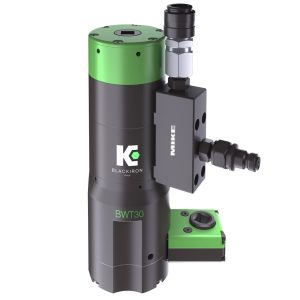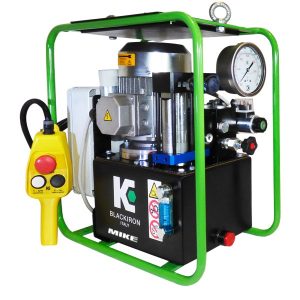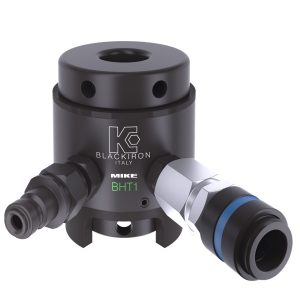Understanding Bolt Tensioners: A Guide to Selection and Classification
A bolt tensioner, an essential tool in the realm of industrial machinery, is designed to apply a precise amount of tension to a bolt without the need for torque. This process ensures uniformity in bolt loading, critical in many engineering applications. Among the leading tools in this category is the BLACKIRON hydraulic tensioner, setting unique international standards for quality and safety.
Types of Bolt Tensioners
Bolt tensioners typically come in two main types:
- Direct Fit Tensioners: These are directly fitted onto bolts and typically consist of components like eyebolts for lifting, male and female couplers for tube connection, a cell where pressurization occurs, a piston that grips the tension rod, and a bridge for reaction support.
- Thread Insert Tensioners: These include a puller that grips the tension rod, a cell for pressurization, male and female couplers, a bridge for support, and a piston that pushes the puller during pressurization.
Selecting the Right Tensioner
When choosing a bolt tensioner, consider the following:
- Type of Application: Ensure the tensioner is suitable for the specific application and bolt size.
- Maximum Working Pressure: Each tensioner has a maximum working pressure, indicated on its body. Select a tensioner whose pressure capacity aligns with your system’s requirements.
- Piston Stroke Capability: Consider the maximum piston stroke of the tensioner and ensure it matches your application needs.
Safety and Operation
Safety is paramount when using bolt tensioners. Always wear protective clothing, adhere to the maximum working pressure, and treat hydraulic hoses with care. Additionally, ensure that:
- All personnel are trained and familiar with safe operating practices of bolt tensioning systems.
- Calculations for bolting should be done by trained engineers.
- The work area is cordoned off during pressurization.
- The bolt can withstand the initial load applied by the tensioners.
- The system is never left pressurized and unattended.
- The correct grade of oil is used in the pump.
Maintenance
Regular maintenance is crucial for preserving the safety and functionality of the BLACKIRON hydraulic tensioner. This includes inspecting the main thread for damage, ensuring adequate thread engagement, and checking that all components are in good condition. Failure to comply with maintenance instructions can void the warranty and pose safety risks.
Conclusion
The BLACKIRON hydraulic tensioner is a sophisticated and reliable tool, essential for precise bolt tensioning in industrial applications. Proper selection, use, and maintenance of these tensioners not only ensure operational efficiency but also uphold the highest safety standards. By following the guidelines and understanding the specific features and requirements of different tensioner types, users can effectively and safely utilize these crucial tools in their respective fields.
Bolt tensioners
Showing all 3 results



